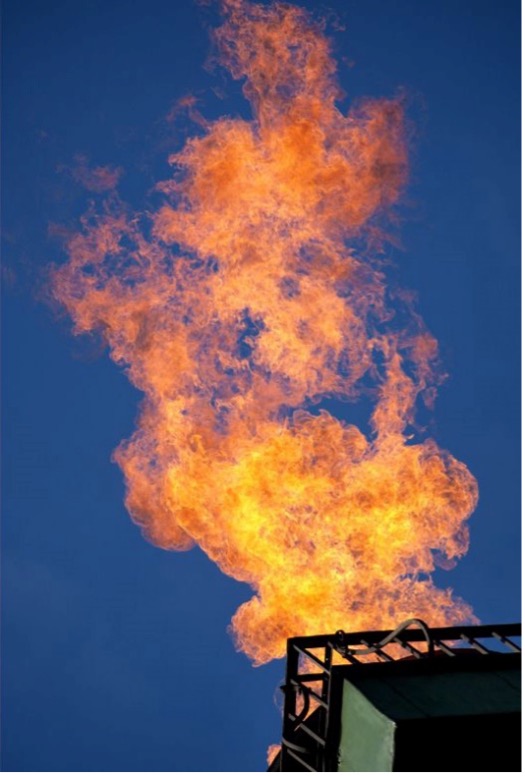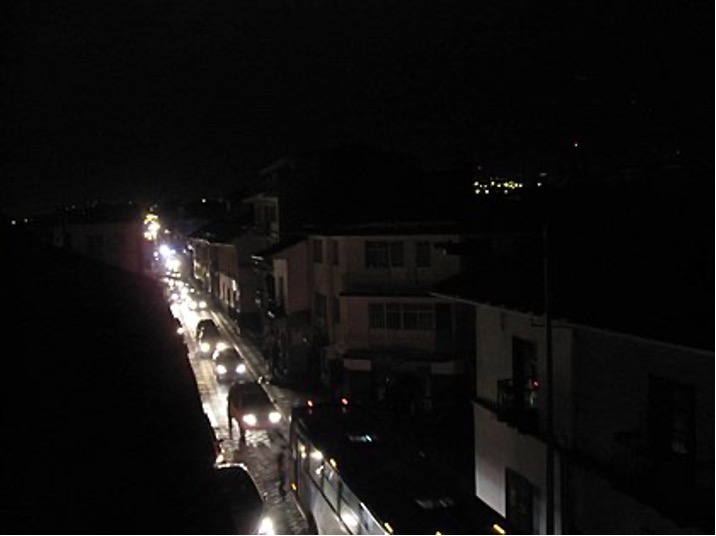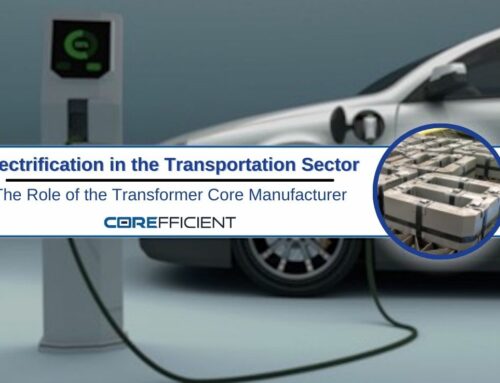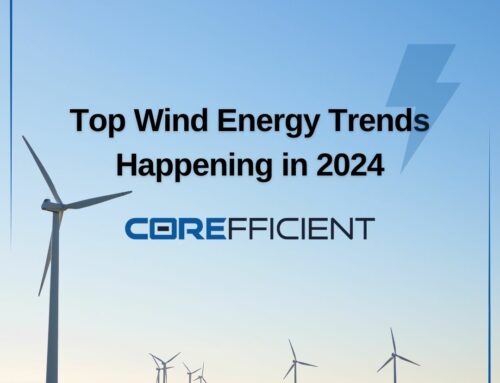
The Story of Energy
The first fire produced by humans occurred 1.5 million years ago, sparking an energy revolution that was highly beneficial to our species. Our ancestors initially generated the origin of the power grid by burning biomass, such as wood, to make fires.
Humans began utilizing the power of moving water in approximately 300 B.C.E. River water was drawn using water wheels for aqueduct filling, agriculture irrigation, and grain milling. Starting in Persia in 900 A.D. and independently in Europe, energy and wind were harvested using windmills. Granaries used wind energy vastly to transform grains and powder into flour for baking and cooking.
A second energy revolution occurred in the 1800s. This time was transformative as it was the first use of fossil fuels to harness fire. Demand soared for the first substantial fossil fuel during the Industrial Revolution as a flurry of new mechanical and electrical technology, from steam engines to electric turbines, appeared.
Industrial technology and communication changed the world for the first time in history. On land, humans could move at speeds that were both faster than the wind and more remarkable than those of a horse. Around the same time, natural gas was discovered and employed in Britain and the United States for extra nighttime lighting. This extended human productivity well into the night.

At sea, the oil-powered internal combustion engine gradually surpassed the coal-powered steam engine in popularity. Oil-powered ships were faster and easier to maneuver. It firmly established oil as the planet’s most valuable resource. Oil was subsequently utilized to make plastics, asphalt, commercial aircraft, and enable space flight.
Electricity’s History
The world’s haphazard installation of power-generating apparatus in the 1870s marked the start of the modern power grid. Everyone’s quality of life improved due to the development and integration of the technologies into a connected AC power “grid.”
Two competent Englishmen developed their waterwheel concept in 1882. As a result, Thomas Edison built the first distribution network, Edison Electric Light, throughout Manhattan and New Jersey. Edison’s company at the time developed the first fully functional direct current power system (DC).

Since DC-powered systems relied on coal-fired steam engines for operation and coal is a valuable resource, they were exceedingly expensive. As a result, only hotels and companies could afford to use power. It didn’t take long for the system to start providing electricity to the neighborhood’s fifty-nine distinct clients. Sadly, it could only deliver electricity to consumers within a half-mile.
George Westinghouse’s AC technology started competing with Thomas Edison’s business, as it does with tremendous commercial concepts. The ability to move energy over long distances and the fact that it was less expensive and simpler to step-up and step-down power were two of AC’s most significant benefits.
The concept of economies of scale emerged around the same time people started learning more about energy and long-distance transmission. It became evident that a large, centralized power plant was more effective at producing electricity than a small one. George Westinghouse constructed the first AC in 1896 to link Niagara Falls and Buffalo, New York, which was 20 miles away. The first company to combine power businesses into one was Commonwealth Edison in 1907.

Power Outage Image Attribution: https://en.wikipedia.org/wiki/Power_outage#/media/File:Calle_Larga_at_night_during_power_cut.jpg
This timeline depicts further development of the American transmission system over time.
Expansion
By the end of 1914, 43 states had regulatory commissioners in place who oversaw regulation of electric utilities.
By 1932, eight sizable holding firms held approximately 75% of the investor-owned utility market. These holding firms operated in numerous states.
The cost of producing electricity decreased between 1960 and 1969 due to economies of scale. More than 60,000 circuit miles worth of high-voltage transmission lines were installed, quadrupling the amount from 10 years prior.
Legislation
President Roosevelt signed the Public Utility Holding Company Act (PUHCA), the first federal regulation of the electric power sector, in 1935. This law established vertically integrated utilities in monopoly service regions. The Federal Power Act, which granted the Federal Power Commission control over the transmission, was also enacted. States still govern the location of generating and communication and electrical rates.
Under the Public Utility Regulatory Policy Act (PURPA), enacted in 1978, utilities were compelled to buy electricity from companies that were not utilities. The need for more transmission system access and non-utility power generation resulted from this.
1995 to the present
FERC issues several orders to strengthen EPACT enforcement:
- Open access to transmission systems held by public utilities was implemented by Order 888.
- Order 889 established the FERC Standards of Conduct to functionally separate public utilities’ transmission and wholesale merchant functions. It implemented the OASIS to provide transmission customers with online information about available transmission capacity, prices, and other information to implement open access transmission service.
- Order 2000 supported forming Regional Transmission Organizations (RTOs), tasked with regional planning, pricing, and developing a wholesale electricity market.
- Standard guidelines for connecting generators bigger than 20 MW to the transmission system were established by Order 2003.
The Power of the Transformer
Any electric grid’s electrical transformers are a crucial component. Transformer cores serve to “transform,” as the name suggests, incoming electricity into a desired outgoing voltage. Stepping up the energy to higher voltages or stepping down to lower voltages are also possible. Because it increases efficiency, long-distance travel is an example of when power would need to be improved. The point would be scaled down from the electrical lines into the residential buildings before entering the breaker box. Electric transformers can carry out these responsibilities as big as buildings or small as mobile phones.

Energy-efficient transformer core manufacture is the focus of Corefficient. Corefficient produces distributed gap and miter-cut cores of the highest caliber while adhering to strict efficiency standards. We create and test our wound and SLFM cores for optimal quality and effectiveness. We have in-house annealing, testing, and finishing tools as well as skilled employees to guarantee the performance and longevity of our products.
The state-of-the-art facility operated by Corefficient, based in Monterrey, Mexico, is dedicated to enhancing the value of its transformer core products by fusing expertise and experience in the fields of transformer core engineering, transformer core design, magnetic core expertise, cold rolled steel, grain-oriented steel, electrical steel, and – most importantly – customer service.
Let’s Wrap It Up!
It is impossible to predict the future. Technology development began with the creation and focus of energy and the discovery of new energy sources. While Thomas Edison did not create the lightbulb by gradually improving the candle, neither has electricity eliminated the necessity for fire. When our ancestors discovered how to control fire, they could not have dreamed that their descendants would someday use fire to reach the stars.
We must balance the advantages of a fossil fuel-powered society with its long-term disadvantages, such as resource shortages and climate change. The future is still uncertain due to a growing global population and increased personal energy consumption. The only thing we can be sure of is that we will use more energy tomorrow than we do today.
More about Corefficient
Electrical transformer core market leader, Corefficient, continuously meets the demands of its customers through operational excellence and product innovation, the needs of its workers through training, and the needs of its shareholders through prudent financial management.
Check out the Corefficient website right now at https://corefficientsrl.com/. You can also reach us by calling our North American Sales Engineer: 1 (704) 236-2510.





